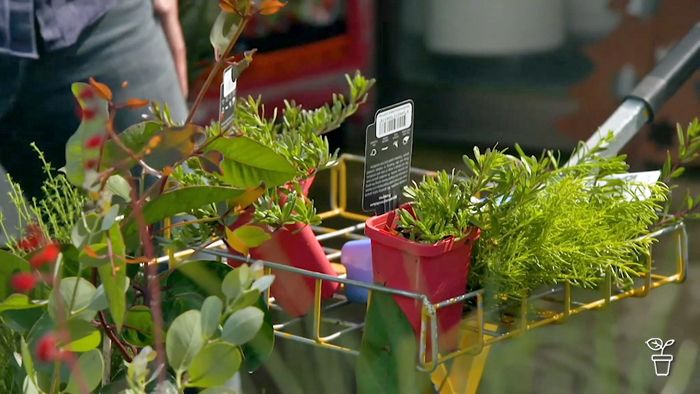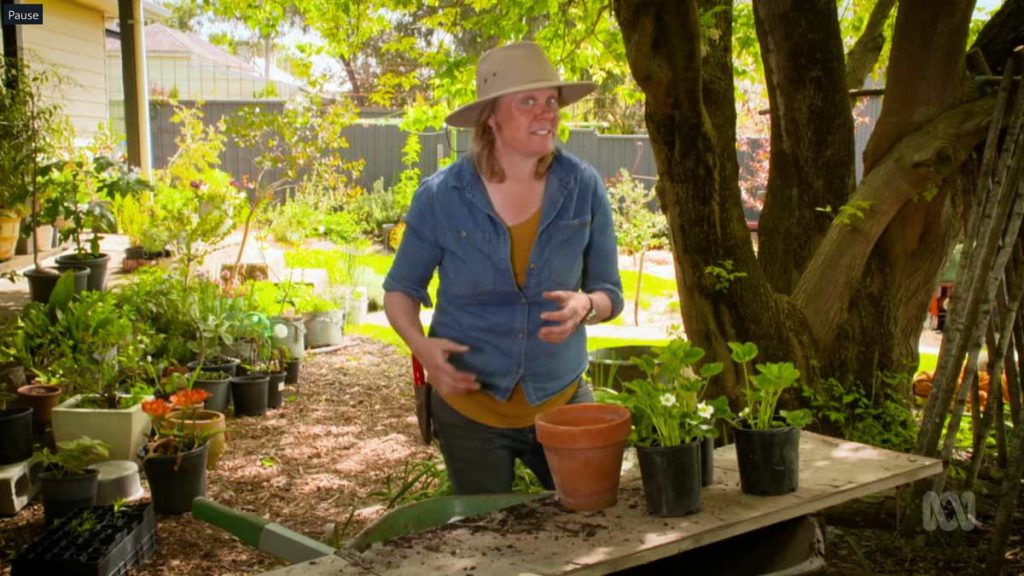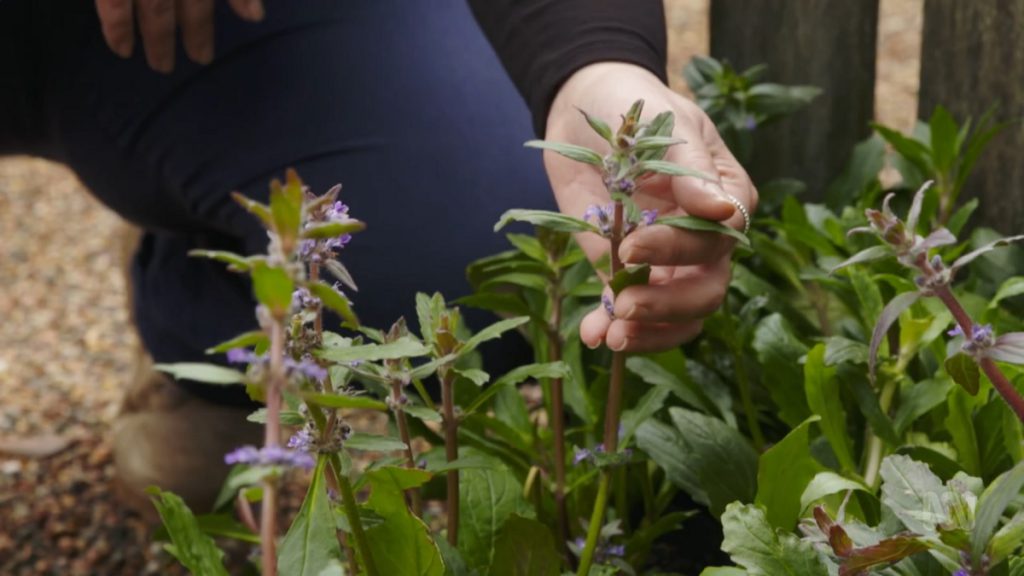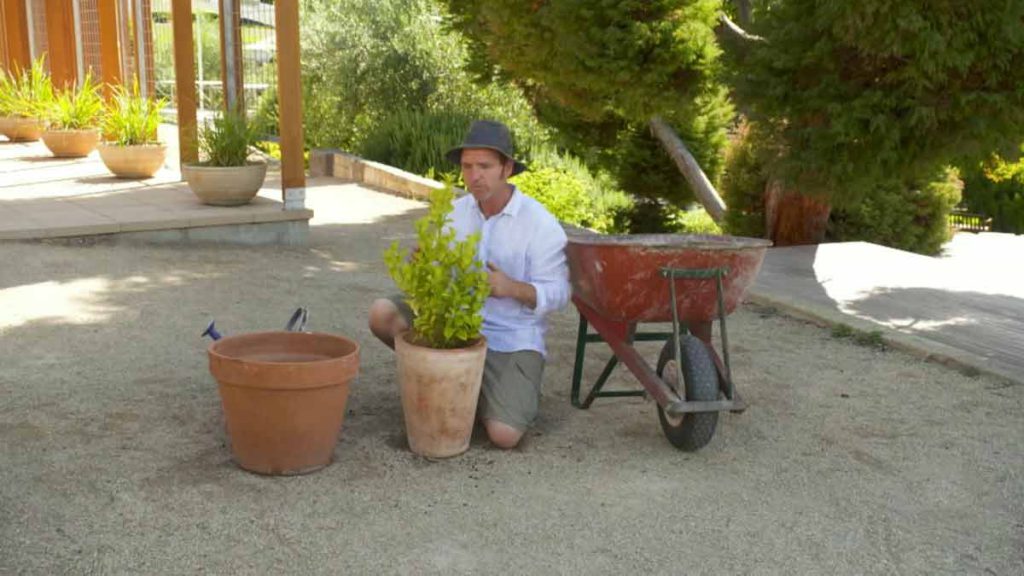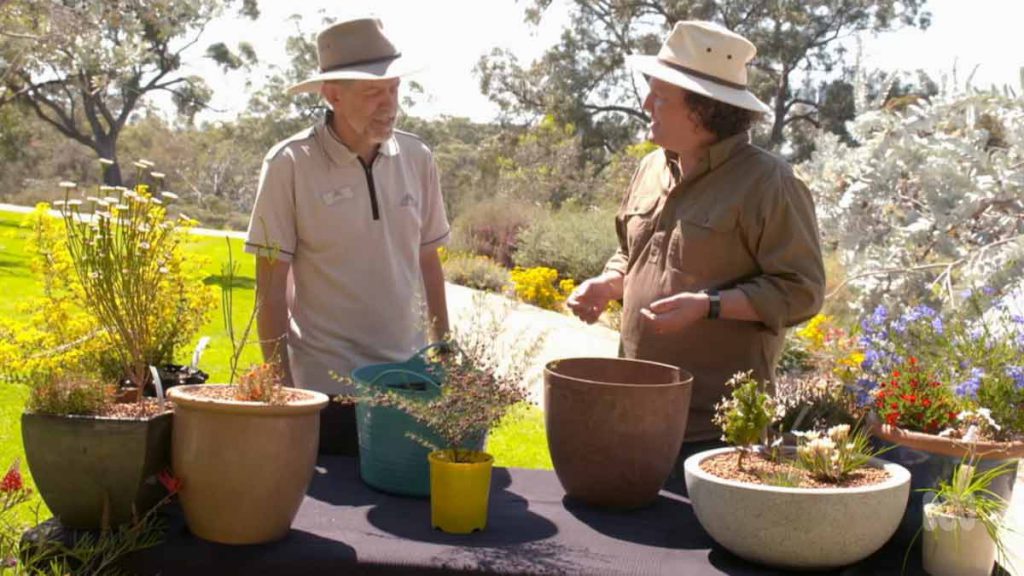Gardening Australia episode 37 2021: Costa Georgiadis restores a seaweed meadow, Jane Edmanson visits a landscaper’s coastal garden, Josh Byrne meets students who have planted an outdoor classroom, and Millie Ross shows how to shop smart at the nursery.
Inspiring, entertaining and full of practical advice, join Costa Georgiadis and the team as they unearth gardening ideas, meet avid gardeners and look at some of the most inspiring gardens from across the country.
Gardening Australia episode 37 2021
Operation Crayweed
Costa meets marine scientists on a mission to restore Sydney’s underground meadows, then joins a group of volunteers tracking the plants’ progress.
It’s hard to imagine that 70km of forest and meadow habitat adjacent to one of our biggest cities disappeared without anyone noticing. But, in the 1980s, this is exactly what happened between Palm Beach and Cronulla on Sydney’s Northern Beaches, and it took decades until people realised. The reason? This missing forest grew from the sea floor and shallow reefs of Sydney’s beaches and bays, and the dominant plant was Crayweed, a type of temperate seaweed.
Professor Adriana Verges, a marine ecologist based at UNSW and the Sydney Institute of Marine Science, is leading the Operation Crayweed campaign, alongside Dr Ziggy Marzinelli and Derrick Cruz. They are committed to educating people on the importance of these underwater landscapes, and seaweed. “When beach goers think of seaweed, it is often something that is seen as an annoyance.
Bang 4 Buck
Millie shows how to shop smart at the nursery, to grow your garden budget even further. Walking into a nursery, can be exciting business. With so many plants to choose from, you could be forgiven for spending your lunch money on some luscious foliage or floral fancy that you fall instantly in love with. We have all done it! But if you are on a garden budget, or just want to make your garden dollars grow even further, there are a few ways to shop smart.
Pruning and Training Grapes
Tino shares some tips for summer pruning and training grapes. You might think that winter is the best time to prune grapevines, and although this is true for hard pruning, a light prune in the summer months can help improve the health of your plant and the quality of your crop. In order to prune well, it’s important to understand the grapevine’s life cycle.
Paddock to Pretty – Gardening Australia episode 37 2021
Jane visits landscape architect Jim Fogarty at his coastal garden, which he built up out of a bare horse paddock. On the south-east side of Victoria’s Mornington Peninsula lies the small town of Flinders, a popular summer escape for Melburnians. Landscape architect Jim Fogarty bought a bare horse paddock here a decade ago and has since transformed it into a family holiday retreat and haven for local wildlife.
Jim is a well-renowned and highly awarded designer in Australia and overseas; he won a gold medal win at London’s Chelsea Flower Show. His experience came in handy on this challenging site, yet it still required a lot of experimentation and failure to get it right.
This or That
Jerry suggests some subtropical substitutes for ornamentals that are so popular in cooler parts of the country. It’s hard to believe, but not every plant loves the warm air, sunshine and humidity of the subtropics. While some plants may be staples of ornamental gardens in cooler climates, they can turn up their toes in the Queensland climate. In the subtropics it’s necessary to think laterally to find substitutes that will not only thrive in local conditions, but perform a similar role in the garden.
Using Bore Water – Gardening Australia episode 37 2021
Sophie shows how to best use salty bore water in the garden. In many dry areas of Australia, gardeners need to make the best use of available water resources. That might be collecting rainwater, reusing grey water from the house and also using bore water. Whenever it rains, some of the water soaks through the layers of soil and rocks where it’s stored in underground areas of earth called aquifers.
As bore water moves through the ground, it dissolves minerals and may also pick up any contamination such as nutrients, pathogens and pesticides that can be harmful to your plants. If you’re going to use bore water, it’s worth getting a test to check the salinity levels. Sophie recently had her bore water tested and found that at 1,700 parts per million, it’s quite high, but with a bit of care, she can still use bore water in her garden.
